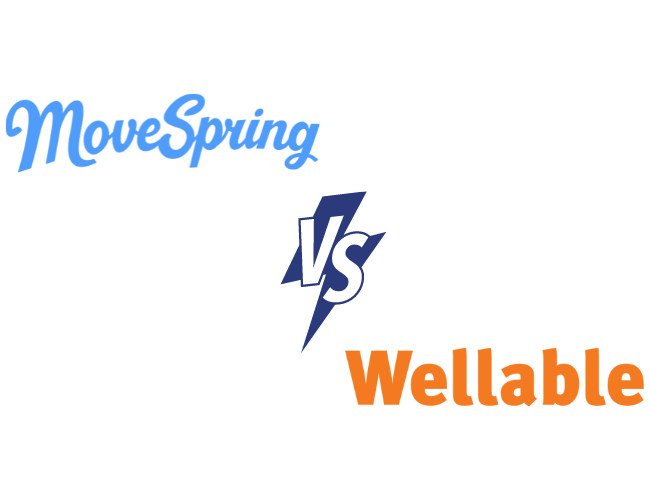A recent study published in the journal Preventative Medicine looks at whether social support, competition, or teamwork provides an answer to one of the ongoing dilemmas plaguing corporate wellness programs – participation. Researchers from the Annenberg School for Communication at the University of Pennsylvania found that competition was a far stronger motivation for exercise than friendly support. In fact, giving people support made them less likely to go to the gym less than simply leaving them alone.
According to Damon Centola, the senior author on the paper, “most people think that when it comes to social media more is better. This study shows that isn’t true: When social media is used the wrong way, adding social support to an online health program can backfire and make people less likely to choose healthy behaviors. However, when done right, we found that social media can increase people’s fitness dramatically.”
The study recruited nearly 800 Pennsylvania graduate and professional students to sign up for an 11-week exercise program called PennShape. PennShape provided the participants with weekly exercise classes, fitness mentoring, and nutrition advice. The program was managed through a website the researchers built. Participants who attended the most exercise classes during the program won prizes.
The researchers split the participants into four groups to test how different kinds of social networks affected exercise levels. The four groups were: individual competition, team support, team competition, and a control group. In the individual group, participants could see exercise leaderboards listing anonymous program members and earned prizes based on their own success attending classes. For each team group, participants were assigned to a unit. In the team support group, they could chat online and encourage team members to exercise, with rewards going to the most successful teams with the most class attendance. In addition, those in the team competition group could see a leaderboard of other teams and their team standing. Participants in the control group could use the website and go to any class, but were not given any social connections on the website; prizes in this group were based on individual success taking classes.

A review of the results showed the competition motivated participants to exercise the most, with attendance rates 90% higher in the competitive groups than in the control group. Both team and individual competition equally drove the students to work out, with participants in the former taking a mean of 38.5 classes a week and those in the latter taking 35.7. Members of the control group went to the gym far less often, on average 20.3 times a week.
The researchers were surprised by the number of workouts a week by members of the team support group (16.8, on average). This is half the exercise rate of the competitive groups. “Supportive groups can backfire because they draw attention to members who are less active, which can create a downward spiral of participation,” Centola says.
This study is certainly very interesting but should also be taken with a grain of salt. More studies need to be conducted with populations that go broader than just students. Nevertheless, employers, health plans, and wellness coordinators should think about the results of this research when creating their programs.












